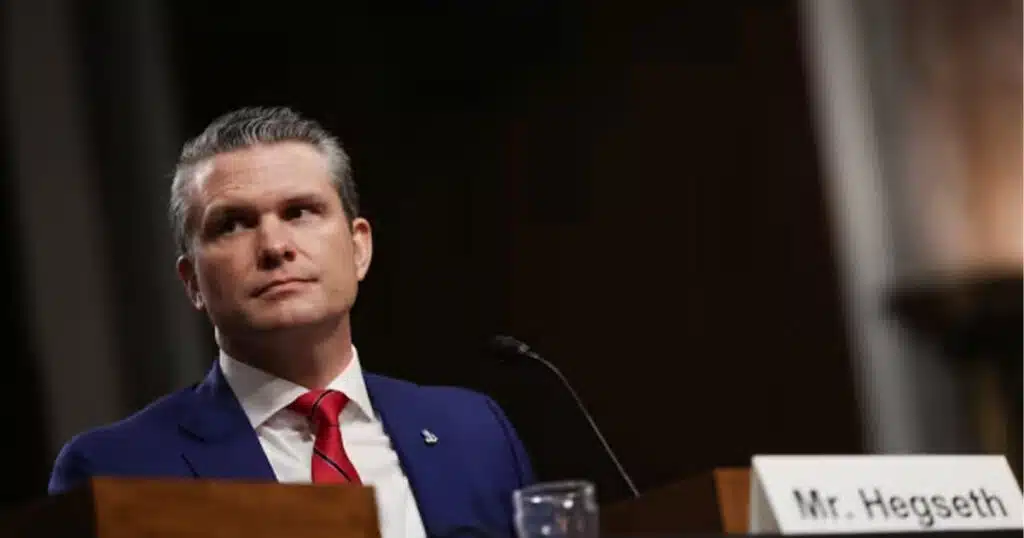
Texas Primary Voters Remove GOP Roadblocks to School Choice
School choice is coming to Texas.
Last year, efforts to pass a school choice bill in the state legislature were stymied by a coalition of anti-school choice Republicans and Democrats in the Statehouse.
Texas Gov. Greg Abbott, a Republican, made the bill to create a K-12 education savings account policy a top priority. Although the Texas Senate passed it, the bill failed in the lower chamber when 21 Texas House Republicans joined with all House Democrats to kill it.
But GOP primary voters weren’t happy about that. In March, Lone Star State voters replaced six anti-school choice Republican incumbents with Abbott-backed challengers who supported school choice, and sent four others to runoffs.
On Tuesday, Republican primary voters finished the job by supporting three of the four Abbott-backed, pro-school choice candidates. Additionally, pro-school choice candidates won in five open-seat races that had been vacated by anti-school choice incumbents, who—likely seeing the writing on the wall—decided not to run for reelection.
“The Texas legislature now has enough votes to pass School Choice,” declared Abbott on Tuesday night on X, formerly Twitter. “Together, we will ensure the best future for our children.”
The victories are a vindication of what “school choice evangelist” Corey DeAngelis calls the “Red State Strategy” in his new book “The Parent Revolution.”
For decades, the school choice coalition had pursued a bipartisan strategy that too often meant spending inordinate resources trying to win over liberals while taking conservatives for granted.
It also meant making a case for school choice on liberal or libertarian grounds—focusing on how school choice helps the disadvantaged or how competition spurs achievement—while remaining silent about cultural issues that might turn off potential supporters on the Left.
Although this strategy led to some incremental gains, it failed to win over many Democrats and too often meant compromising on policy. In 2021, my colleagues Lindsey Burke and Jay Greene at The Heritage Foundation, along with James Paul of the Education Freedom Institute, called for a new strategy:
Given this history, the school choice movement should reconsider its strategy. Of course, choice advocates should always welcome support from any quarter where it can be found, but designing choice proposals and supporting language to court Democrats may not be the wisest way to grow the number of new private school-choice programs.
After all, more than 15 percent of Republican state legislators have balked at supporting school choice. Giving priority to Republican concerns might win over those reticent Republicans to pass more programs in Red states without sacrificing the coalitions that are already supporting choice since losing some Democratic votes has almost never mattered.
More than three-fifths of states are Republican-dominated, so there are plenty of Red states where new programs could be adopted. And demonstrated success in those Red states could eventually be leveraged to make advances in Blue states down the road.
In the wake of the teachers unions’ overreach during the COVID-19 pandemic, DeAngelis and like-minded conservatives broke from the establishment strategy to pursue the Red State Strategy.
Parents had awakened to the unions’ perfidious influence in schools when they saw the unions hold their children hostage, refusing to reopen schools until their political demands—such as universal health care and tax hikes on the wealthy—were met.
Moreover, “Zoom school” gave parents a peek at how radical woke ideology had infiltrated the classroom.
When schools finally reopened, the trust the unions had broken was not magically restored. Wary parents kept discovering new and different ways that radicals were indoctrinating their children, from pornographic books to lessons derived from critical race theory to policies that kept parents in the dark about their children being called pronouns that differed from their sex, and more.
But those issues didn’t turn frustrated parents into school choice champions overnight. At first, they just wanted their local school administrations or school boards to fix the problems. When they wouldn’t, they turned to state lawmakers to force their hands. But eventually, parents grew tired of playing policy Whac-A-Mole.
That’s where the Red State Strategy came into play.
As DeAngelis describes in chapter 4 of his book, “the first step to winning on school choice was to show frustrated families that school choice was a solution to their problems.”
School choice policies not only gave families an immediate escape hatch from schools that were undermining their values or otherwise not meeting their needs, but it also provided parents who wanted to stay and fix their school with additional leverage.
With school choice, they would no longer be a captive audience.
The next step was channeling parents’ frustration politically. “If we amplified the voices of frustrated parents and the GOP’s conservative base, then Republican politicians would feel pressure to vote for school choice,” wrote DeAngelis. “Until now, many GOP legislators had only been hearing from union lobbyists and their local superintendents. Now they needed to hear from a host of their actual constituents.”
That led to the third step; namely, making school choice a litmus-test issue for Republicans on par with being pro-life or pro-Second Amendment. As DeAngelis explained it: “Despite the pressure, some GOP legislators would probably continue to vote against [school choice]. We needed to let their constituents know who they were so the voters could replace them. We needed to transform the Grand Old Party into the Parents’ Party.”
The strategy clearly worked, as the Texas GOP primary demonstrates. In recent weeks, Republican primary voters in Kentucky and Idaho also favored school choice supporters over candidates—including incumbents—who opposed it.
In 2024 alone, the American Federation for Children Action Fund and its affiliates have a 65% win rate in races where they backed a challenger against an incumbent in a Republican primary. That’s particularly impressive, considering that incumbents typically win about 94% of the time.
Red states are now well into a school choice revolution. Ten states have now passed school choice policies that are or soon will be open to all K-12 students in the state, and Louisiana is on the cusp of becoming the 11th state to do so. More than a quarter of all K-12 students nationwide are eligible for school choice.
If Texas were to pass a universal school choice policy, then more than one-third of students nationwide would be eligible.
But the Red State Strategy is not confined to red states. That’s just the beginning. Although the strategy is hyperpartisan in the short term, it is bipartisan in the long term.
“Success begets success,” DeAngelis observes. If embracing school choice gave Republicans an electoral advantage over Democrats, eventually the Democrats would embrace school choice, too. “When legislators saw that school choice was a winning issue among voters, some of the holdouts would flip their views on the issue or risk being thrown out of office.”
We’re already seeing the strategy begin to pay off. Pennsylvania Gov. Josh Shapiro, a Democrat, broke with his party to support school choice during his election campaign. Although he has not yet fulfilled his campaign promise to enact “Lifeline Scholarships”—K-12 Education Savings Accounts for low-income students in low-performing schools—the Pennsylvania legislature may soon give him the opportunity to do so.
In February, Shapiro reiterated that the scholarships are “something I support and consider to be unfinished business,” adding that “we’ve left room for the House and Senate to find common ground on this.”
In the not-too-distant future, school choice will be the rule, rather than the exception.



